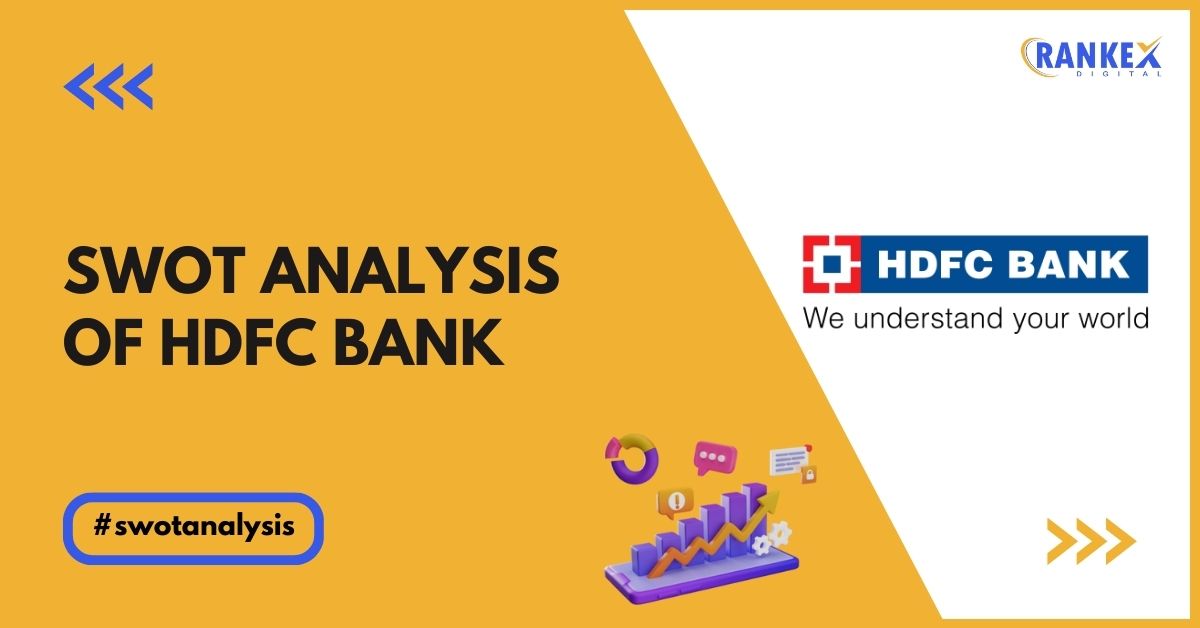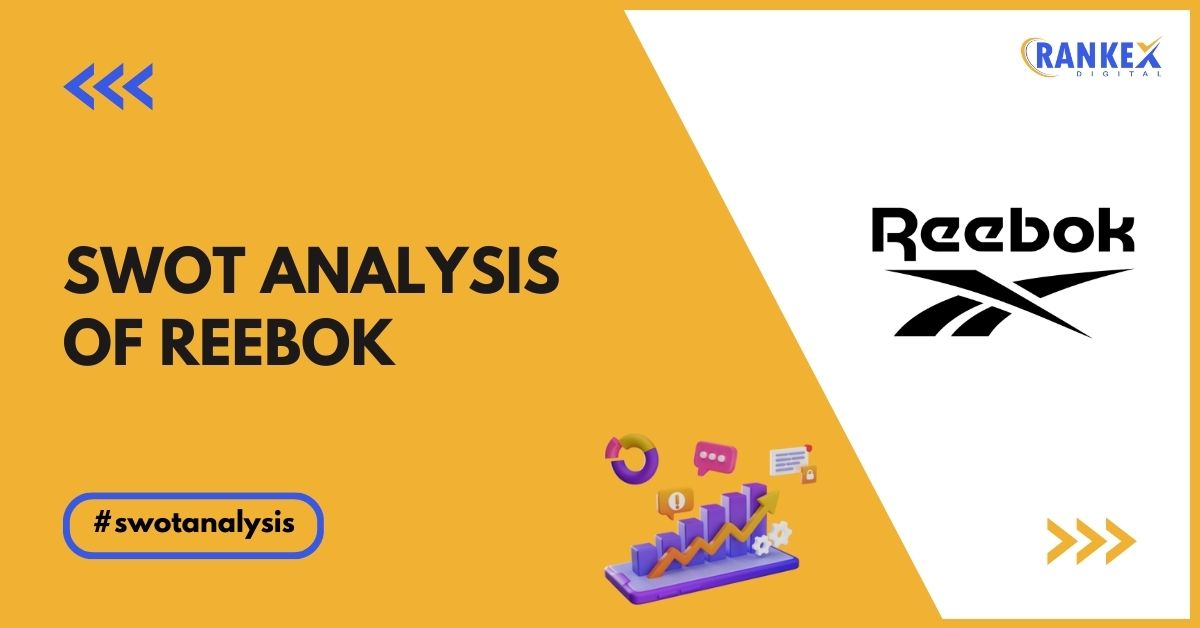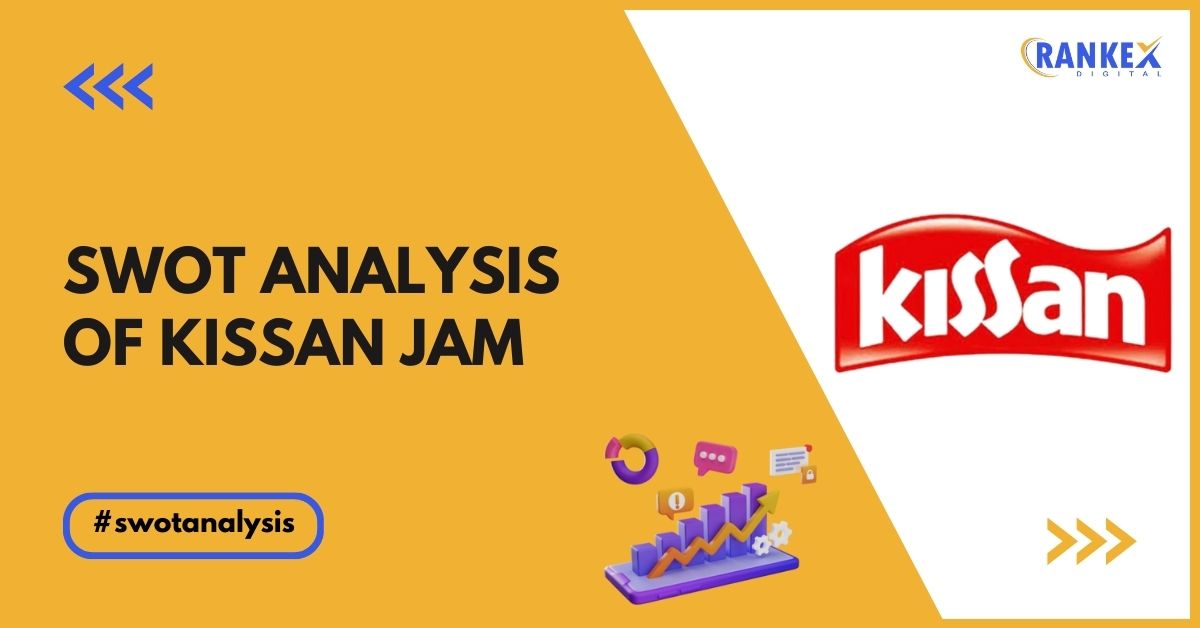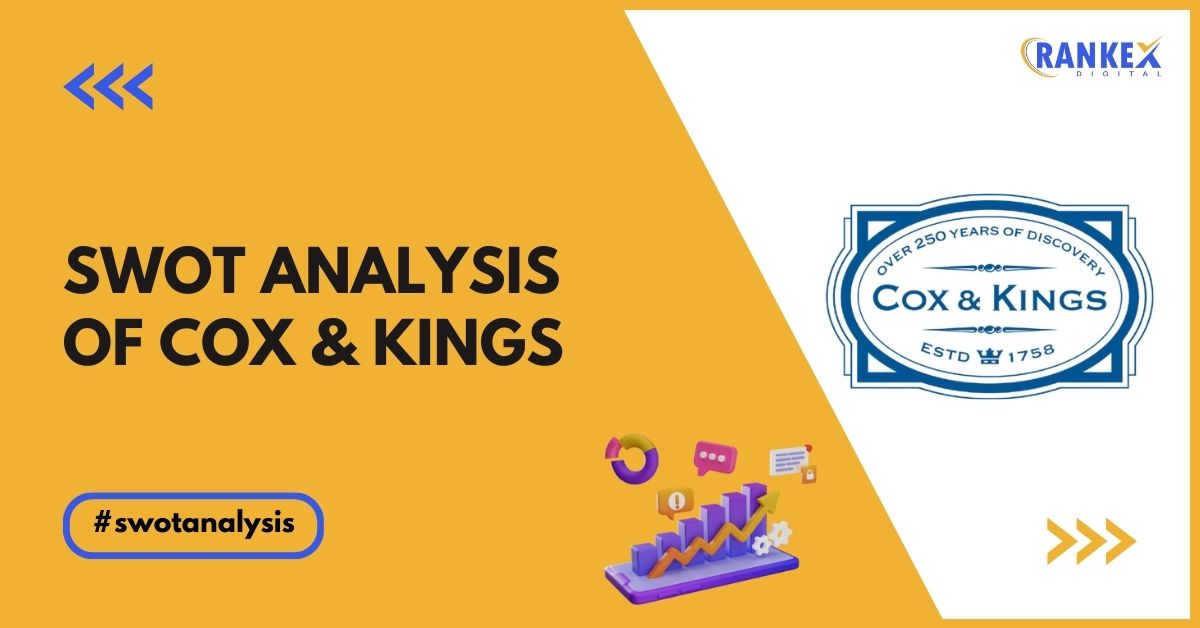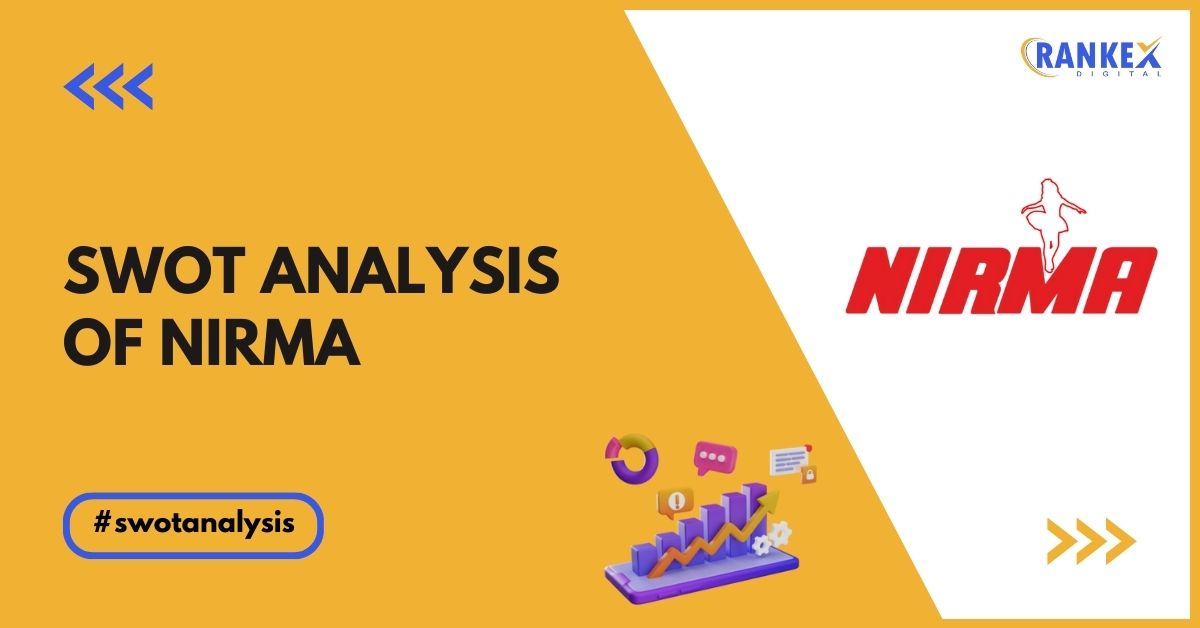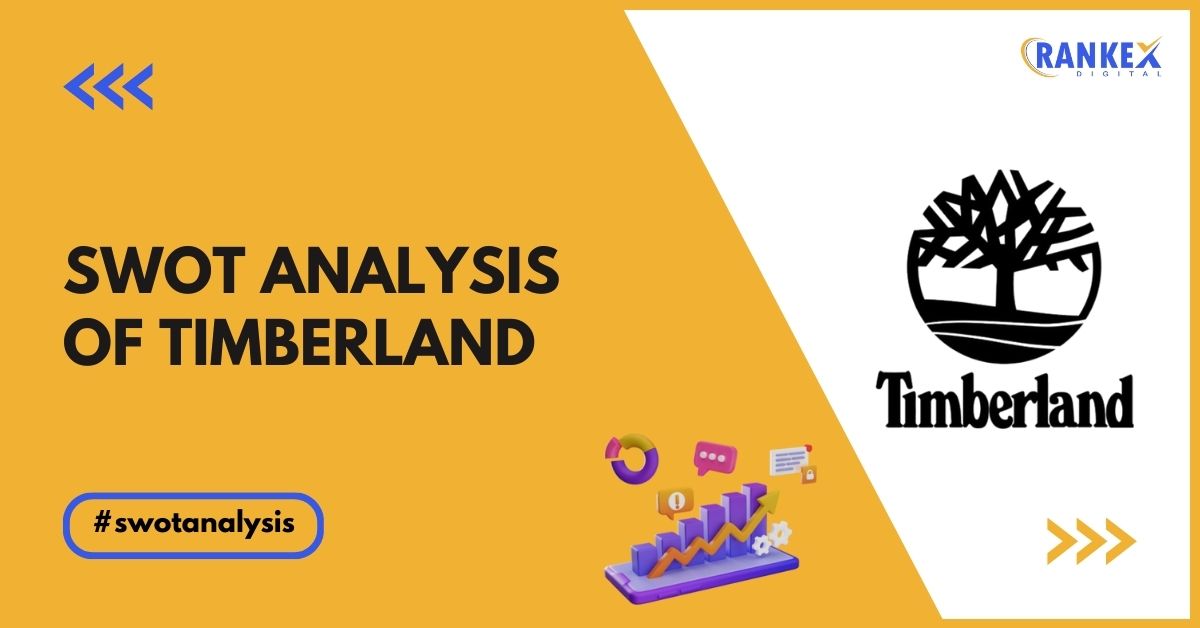HDFC Bank, established in 1994, has grown to become one of India’s largest and most prestigious private sector banks. Known for its robust financial performance and customer-centric services, HDFC Bank has set a benchmark in the banking industry.
Conducting a SWOT (Strengths, Weaknesses, Opportunities, and Threats) analysis is essential to understand HDFC Bank’s strategic position in the market and to identify the factors that contribute to its success.
This article provides an in-depth SWOT analysis of HDFC Bank, exploring its strengths, weaknesses, opportunities, and threats.
Table of Contents
Overview of HDFC Bank
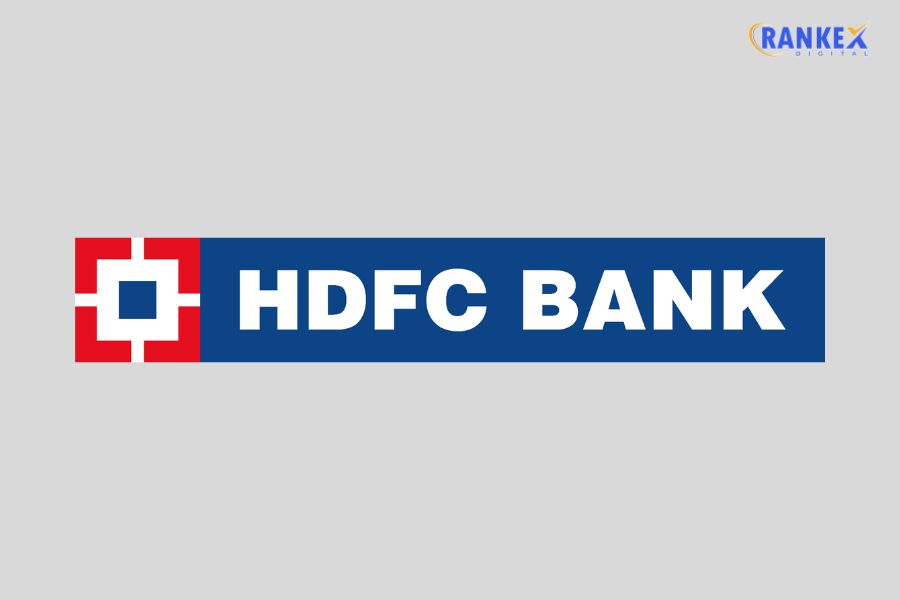
HDFC Bank, headquartered in Mumbai, Maharashtra, India, was incorporated in August 1994, after the Reserve Bank of India allowed the establishment of private sector banks.
Since then, HDFC Bank has become a leader in the Indian banking sector, offering a wide range of financial products and services, including retail banking, wholesale banking, and treasury operations.
The bank is known for its innovative digital banking solutions, extensive branch network, and strong financial performance.
Quick Stats About HDFC Bank
| Founder | Hasmukhbhai Parekh |
| Year Founded | 1994 |
| Origin | Mumbai, Maharashtra, India |
| No. of Employees | 141,000+ |
| CEO | Sashidhar Jagdishan |
| Company Type | Public |
| Market Cap | $130 Billion |
| Annual Revenue | $24 Billion |
| Net Profit | $5 Billion |
Current News of HDFC Bank
- Digital Banking Expansion: HDFC Bank continues to expand its digital banking services to enhance customer experience and streamline operations.
- Sustainability Initiatives: HDFC Bank has been actively participating in sustainable banking practices, including financing green projects and reducing its carbon footprint.
- Strategic Partnerships: HDFC Bank has formed strategic alliances with fintech companies to offer innovative financial products and services.
- Branch Expansion: The bank is expanding its branch network, especially in rural and semi-urban areas, to increase its reach and customer base.
SWOT Analysis of HDFC Bank
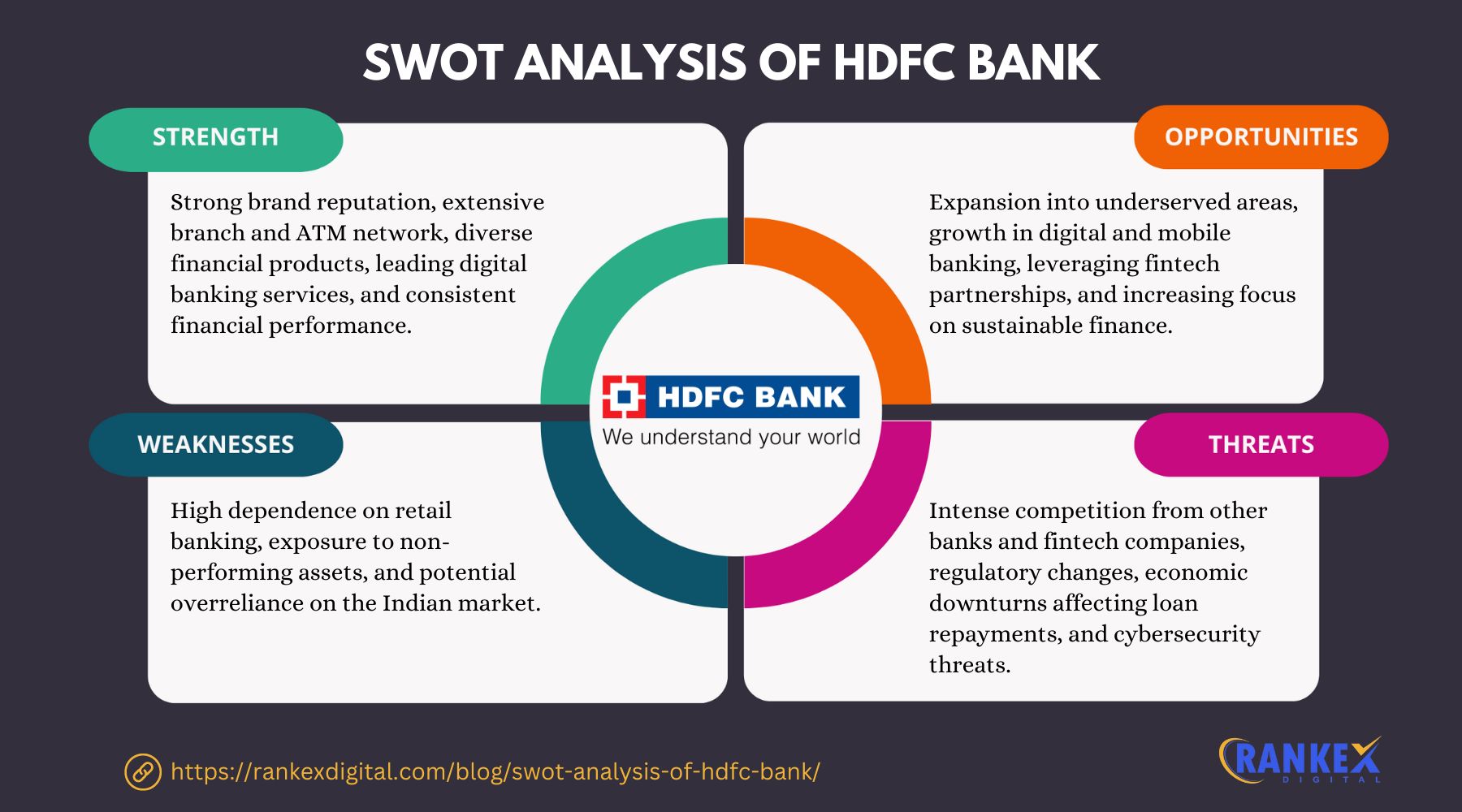
A SWOT analysis provides a comprehensive overview of HDFC Bank’s internal strengths and weaknesses, as well as external opportunities and threats.
Strengths of HDFC Bank
- Strong Brand Reputation: HDFC Bank is one of the most trusted and respected brands in the Indian banking sector, known for its reliable services and customer satisfaction.
- Robust Financial Performance: The bank consistently delivers strong financial results, demonstrating stability and profitability.
- Extensive Branch Network: HDFC Bank has a vast network of branches and ATMs across India, ensuring widespread accessibility for customers.
- Innovative Digital Banking: HDFC Bank is a leader in digital banking, offering a range of online services and a user-friendly mobile banking app.
- Diverse Product Portfolio: The bank offers a wide range of products and services, catering to various customer segments, including retail banking, corporate banking, and wealth management.
- Customer-Centric Approach: HDFC Bank is known for its excellent customer service, focusing on personalized banking solutions and customer satisfaction.
Weaknesses of HDFC Bank
- High Dependence on Urban Markets: A significant portion of HDFC Bank’s business is concentrated in urban areas, which could limit its growth potential in rural markets.
- Limited International Presence: Compared to some global banks, HDFC Bank has a limited presence in international markets.
- Operational Risks: Managing a large network of branches and ATMs involves significant operational risks and costs.
- Regulatory Challenges: Being a major player in the banking sector, HDFC Bank faces stringent regulatory requirements, which can impact its operations and profitability.
- Competition from Fintechs: The rise of fintech companies poses a competitive threat to traditional banks, including HDFC Bank, in terms of innovative financial solutions and customer engagement.
Opportunities for HDFC Bank
- Rural Market Expansion: There is significant potential for HDFC Bank to expand its presence in rural and semi-urban areas, tapping into the underbanked population.
- Digital Banking Growth: The increasing adoption of digital banking presents an opportunity for HDFC Bank to enhance its digital offerings and attract tech-savvy customers.
- Diversification of Services: HDFC Bank can diversify its product portfolio by introducing new financial products and services, such as insurance and investment products.
- Strategic Alliances: Forming partnerships with fintech companies and other financial institutions can enhance HDFC Bank’s service offerings and operational efficiency.
- Global Expansion: Exploring opportunities to expand its presence in international markets can help HDFC Bank leverage its brand reputation and financial strength.
Threats to HDFC Bank
- Intense Competition: The Indian banking sector is highly competitive, with both private and public sector banks vying for market share.
- Regulatory Changes: Changes in banking regulations and policies can impact HDFC Bank’s operations and profitability.
- Economic Fluctuations: Economic downturns and fluctuations can affect the bank’s performance, particularly in terms of loan defaults and credit risk.
- Cybersecurity Threats: As a digital-first bank, HDFC Bank faces the risk of cyberattacks and data breaches, which can harm its reputation and lead to financial losses.
- Global Economic Conditions: Adverse global economic conditions can impact HDFC Bank’s international operations and overall financial health.
Top Competitors of HDFC Bank
- ICICI Bank
- State Bank of India (SBI)
- Axis Bank
- Kotak Mahindra Bank
- Punjab National Bank (PNB)
Conclusion
HDFC Bank’s SWOT analysis reveals its robust financial performance, extensive branch network, innovative digital banking solutions, and strong brand reputation as key strengths.
However, the bank faces challenges such as high dependence on urban markets, limited international presence, and operational risks.
Opportunities for HDFC Bank lie in expanding into rural markets, enhancing digital banking services, diversifying its product portfolio, forming strategic alliances, and exploring global expansion.
Threats include intense competition, regulatory changes, economic fluctuations, cybersecurity threats, and global economic conditions.
By leveraging its strengths and opportunities while addressing its weaknesses and threats, HDFC Bank can continue to grow and maintain its leadership position in the banking sector.

